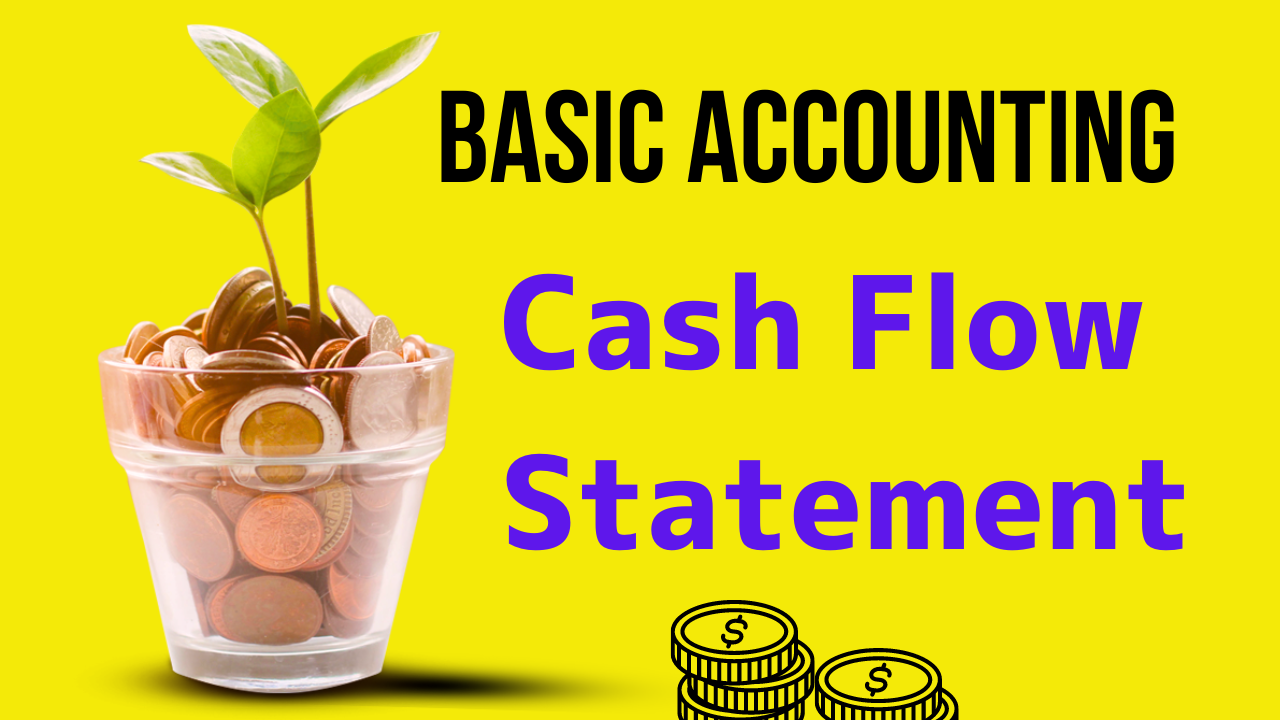Today, I’m here to talk about the Cash Flow Statement as the third fundamental financial statement following the Income Statement and the Balance Sheet.
The Cash Flow Statement reports a firm’s cash inflows and outflows over an accounting period.
✅ Difference between Cash Flow Statement and Income Statement
The Cash Flow Statement seems to fulfill the same purpose as an income statement, but there are some important differences between the two.
It’s said that cash is a fact and profit is an opinion.
In other words, profit varies depending on the accounting policies adopted by a firm.
So, let’s dive into the differences between the two statements.
First, there are often differences in timing between when income or expenses are recorded and when the cash transactions actually occur.
Let’s have a look at a brief example.
【EXAMPLE 1】
In April, “Beta company” performs some services for customers who don’t pay until the beginning of May.
In April, this sale would be recorded as an increase in both Sales and Accounts Receivable.
However, the cash isn’t actually received until May, and the activity would not appear on May’s cash flow statement.
Second major difference of two statements is that the cash flow statement includes several types of transactions that are not included in the income statement.
【EXAMPLE 2】
Beta company secures financing from its bank on July 1st.
The loan will appear on the cash flow statement but not appear on the income statement.
In other words, the loan will be reflected in the cash flow statement, which tracks the movement of cash in and out of a business, but it will not be included in the income statement, which shows a company’s revenues, expenses, and profits over a specific period of time.
Categories of Cash Flow
On the Cash Flow Statement, all cash inflows or outflows are allocated to one of three classifications:
1. Cash flow from operating activities,
2. Cash flow from investing activities, and
3. Cash flow from financing activities.
Operating activities encompass the cash impacts of transactions contributing to the calculation of net income.
The amount of cash flows generated from operating activities is a critical factor in determining whether the entity’s operations have produced adequate cash flows.
Investing activities typically involve (a) the acquisition or disposal of property, plant, or equipment(PP&E), (b) the buying or selling of stocks or bonds, and (c) the receipt of interest or dividends from investments.
Financing activities encompass transactions related to liabilities and equity, including (a) acquiring cash from creditors and repaying borrowed amounts, and (b) obtaining capital from owners and providing them with a return on their investment, as well as returning their investment.
Thank you for joining me on this journey through the Cash Flow Statement.
With gratitude.



コメント